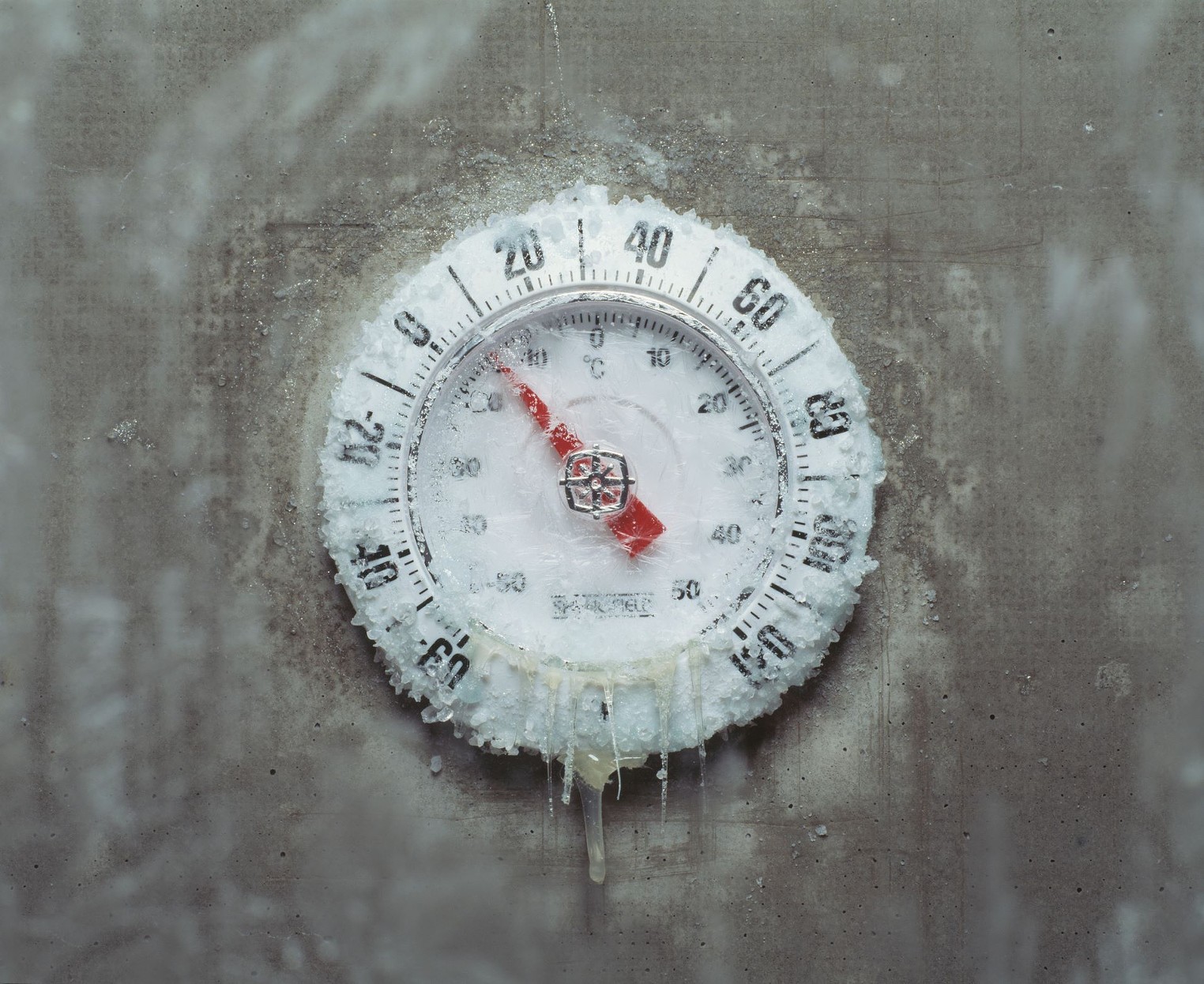“We weren’t sure how we were going to get there, but we knew that it was necessary,” says Hollie Velasquez Horvath, regional vice president of state affairs and community relations for Xcel, calling back to when Xcel began transitioning its electric business to clean energy. “I see this plan as that same starting point.”
In 2021, the state legislature passed a bill requiring gas utilities to reduce greenhouse gas emissions from 2015 levels by 4 percent before 2025 and by 22 percent before 2030. Xcel has also committed to a net-zero system by 2050. To get there, the state’s utilities must each file a clean heat plan with the Colorado Public Utilities Commission. Xcel was up first, and filed its plan on August 1.
Dubbed Clean Heat Plus, the utility’s preferred scenario uses four resources specifically named by law to reach its emissions reduction goals: energy efficiency, recovered methane, green hydrogen and beneficial electrification, as well as with carbon offsets and certified natural gas.
Each utility is also required to file a plan of action based on keeping costs below a 2.5 percent cost cap and an emissions target plan based on how it would reach the goal without cost constraints. Xcel submitted an electrification-only plan in addition to Clean Heat Plus. The cost target only allows for $34 million annually in expenditures and doesn’t achieve the 2030 emissions target. While the rest of the plans reach the target, they cost more.
“We know that to have a net-zero goal on our natural gas system, it is going to include all kinds of things,” Velasquez Horvath says. “There isn’t one solution. This plan is saying, ‘We’ve got to give our customers all the options on the table and see what our customers are adopting.’”
According to the Clean Heat Plan filed with the PUC, the budget for Clean Heat Plus is $163 million annually for programmatic costs — with more money needed for investments to the electric system to power the newly electrified buildings the plan calls for.
Customers will pay for some of that budget, with the utility proposing two bill riders to fund the project.
“Costs for additional gas Demand Side Management, the incremental cost of Recovered Methane projects, offsets, and the incremental environmental attribute costs of Certified Natural Gas would be recovered from gas customers,” Jack Ihle, regional vice president of regulatory policy for Xcel, testified in PUC filings. “Costs for beneficial electrification would be recovered from our electric customers.”
The gas rider would cause a 10.9 percent increase in average rates for gas customers by 2028, which translates to $6.93 per month for most of the year and $12.55 during December, January and February — when people use more gas to heat their homes. The electric rider would increase bills by 59 cents per month, Ihle noted.

Xcel’s electric customers could pay for part of the Clean Heat Plan.
American Public Power Association
“Affordability, because it’s such a sensitive topic right now across everything — affordable housing, living, all the things — it was a very significant aspect of our plan,” Velasquez Horvath says. “The majority of our plan is rebates and energy-efficiency programs for our customers, so if our customers are opting in and choosing energy efficiency, that will reduce their use, which at the end of the day reduces their bill.”
Ihle argued that Clean Heat Plus represents the best course of action because it balances reaching emissions goals with low costs for customers. In total, It will save over $300 million, he testified.
“We find that cost savings hard to ignore,” Ihle said.
A report by environmental group Western Resource Advocates, titled “A Path to Pollution-Free Buildings: Meeting Xcel’s 2030 Gas Decarbonization Goals,” found that the most emissions reductions per customer dollar in a clean heat plan should include the utility pushing heat pumps, heat pump water heaters and weatherizing homes and businesses. It estimates that the costs of a clean heat plan with just beneficial electrification and energy efficiency would come out to between $119 million and $127 million annually.
“We’re not really prepared to comment on the differences between our two cost estimates, just because I have not had the chance to dig into the details of the costs that Xcel is saying that an all-electric portfolio would require,” says Meera Fickling, senior policy advisor with WRA.
The nonprofit found that it would be possible to reach emissions goals if Xcel doubled its incentives for cold-climate heat pumps and invested in contractor outreach and training to make electrification incentives as easy as possible for people to adopt. “We’re also looking at making really smart investments,” Fickling says. “One of the things that the utility can do is target efficiency and electrification investments to the geographic areas in the state that are experiencing the fastest growth on the gas system.”
The WRA plan also calls for any air-conditioning unit that breaks down to be replaced with a heat pump by leveraging federal tax credits, and for 75 percent of gas water heaters that break to be replaced with heat pump water heaters.
“It’s when your previous appliance dies,” Fickling explains. “It makes sense that nobody wants to really pay for that unless they have to.”
That, Xcel argues, is why it needs to include carbon offsets, green hydrogen and certified natural gas in its plan. The utility company can’t rely on customers to invest in transitioning their homes from natural gas; it says that about 70 percent of its emissions come from residential customers’ natural gas use.
According to the Clean Heat Plan, Xcel estimates that it could cost as much as $20,000 per residence for people to retrofit their homes to total electric heating. Still, the utility needs to do much more to justify its plan, says Lauren Swain, a coordinator with Physicians for Social Responsibility.
“Certified natural gas and carbon offsets are not even included in the legislation that passed,” Swain says. “It’s highly speculative whether those strategies conform with the law, or whether they adhere to the goals of the law. … It’s really unfortunate that they’re relying on those two measures for roughly a third of their overall emission reductions.”
Certified natural gas is created with measures taken to reduce methane leaks and higher environmental standards in production. It’s “just gas,” Fickling says. “There’s no chemical difference between certified natural gas and natural gas. … When you use certified natural gas, you’re still burning fossil fuels in your appliances and generating the exact same greenhouse gas emissions from burning that fuel.”
Velasquez Horvath believes that certified natural gas presents a good opportunity for Xcel to leverage its buying power to reduce emissions.
Swain, however, contends that the health effects of burning gas in homes outweigh any benefit. She says PSR is disappointed that electrification and energy efficiency represent less than 40 percent of the emission reductions in a plan that also includes recovered methane and hydrogen blending.

The goal of Clean Heat Plans is to provide warmth with less greenhouse gas emissions.
Getty Images
“This rule was our chance to get off of dependence on expensive, polluting, climate-destructive methane,” she points out. “I believe they are undermining the spirit of the law and the will of the people by resorting to these ways of spinning more methane production and more pipelines.”
Recovered methane includes renewable natural gas — which is natural gas created from methane that would have already been emitted from landfills or dairy farms — and reducing methane leaks from distribution pipelines.
“This is not something that you can scale past the methane sources that you already have in your state,” Fickling says of renewable natural gas. “The Colorado Energy Office estimated that the potential for renewable natural gas in the state of Colorado would offset about 5 percent of our current natural gas consumption in the state.”
As for hydrogen, Swain cites a national Physicians for Social Responsibility report that finds it is not safe for humans and damages the environment when produced. The element simply offers another option for reducing greenhouse gas emissions, Velasquez Horvath says.
Xcel is piloting hydrogen use in Adams County and working with the Department of Energy to potentially bring a hydrogen hub to the state.
Overall, Swain contends, the safest and best method to reduce greenhouse gas emissions is electrification.
“The Clean Heat Plan should take advantage of the opportunity to electrify homes and free as many Colorado residents as possible from the hazards — the indoor air pollution, and the climate harm, the cost and exposure to high costs — that reliance on methane brings us,” she says.
Considering how much to rely on electrification was one of the more challenging aspects of developing the plan, according to Velasquez Horvath. Rebates intended to help people spend less on electrification and a Neighborhood Residential Retrofit project — in partnership with the Colorado Energy Office, the City and County of Denver and Energy Outreach Colorado — are included in the plan. But people will still have to spend.
“It’s ultimately something that we have to watch and see if our customers are doing it,” Velasquez Horvath says. “We’re not sure if our customers are ready for electrification, but we want to try and give them everything that we can to do that.”
From here, the PUC will review the plan, and the public will be able to comment on it.
“I really do think that they should look at the letter of the law,” Swain says of the PUC. “They should look at the facts on the ground that we cannot wait while we burn more and more methane under this terrible plan when there are solutions that bring immediate health, financial safety and climate benefits to everyone.”
Velasquez Horvath notes that the plan has lots of flexibility and room for Xcel to adjust based on how customers adapt. “This is about our customers and how do we empower our customers and give them the options to help us with reducing the emissions on our natural gas system,” Velasquez Horvath concludes.

